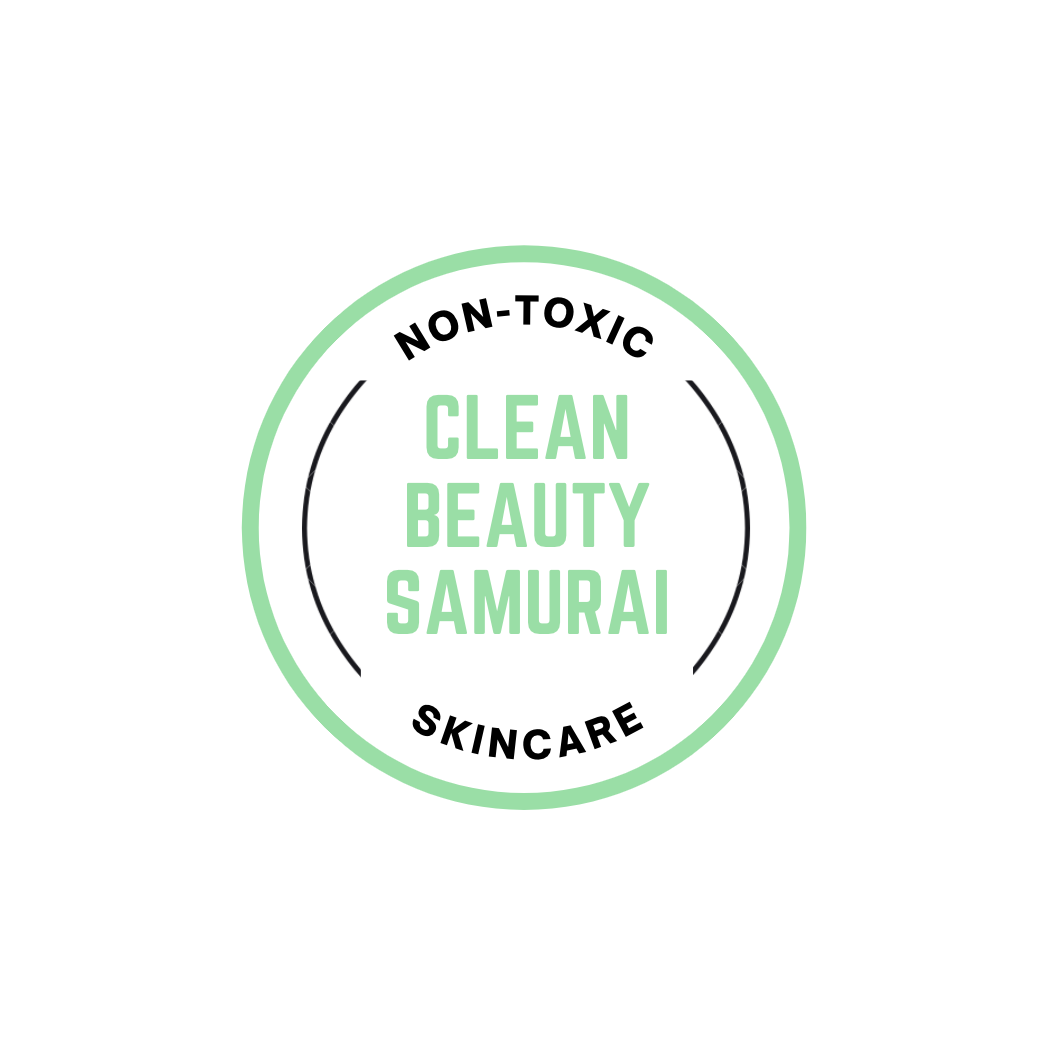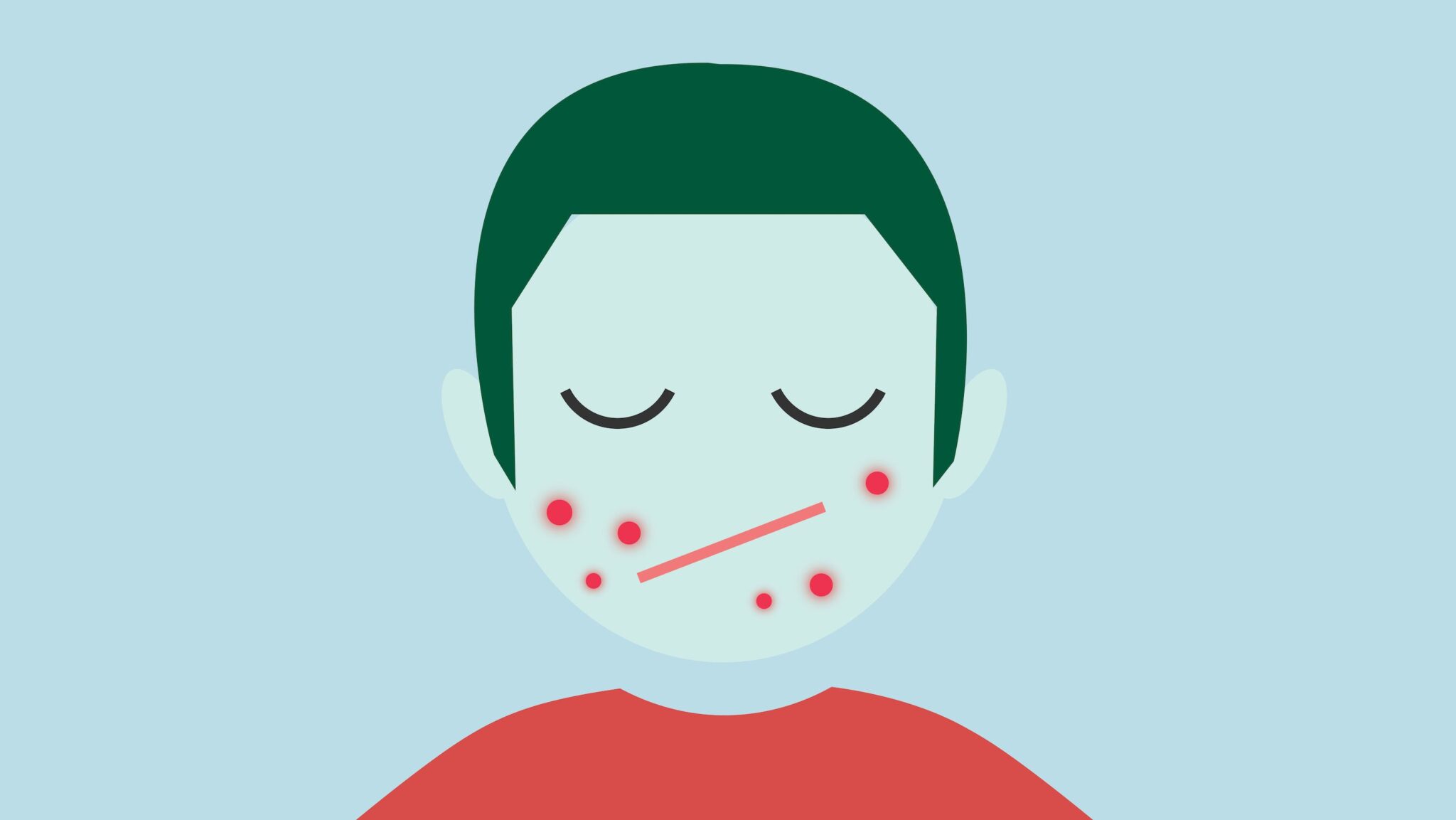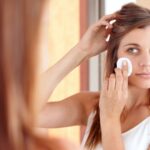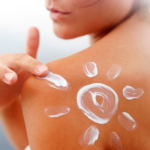Dealing with acne is a struggle for many teens. The constant breakouts, always oily and shiny faces, and perhaps even a strike to self-confidence. The good news is that eventually many teens grow out of this phase naturally. But while on this crazy ride, having a solid skincare routine can really help to reduce the number of pimples and prevent scars.
Step 1: Research and learn about acne
Before diving into any products, learning about acne will help you to understand more about this skin condition and set your expectations right about acne skin care.
- Read this article that sums up all the acne questions and answers you may have.
Step 2: Figure out your skin type
Dry skin peeps also can get acne so having acne does not automatically mean you have oily skin. Teenage acne is a hormonal response that might not have anything to do with your skin type.
- Read this article to learn more about the 4 different skin types.
- Take this skin quiz to find out your skin type and condition.
Step 3: Build the Most Basic (still highly effective!) Acne Routine
If this is your first skincare routine, avoid overwhelming your face with too many products at the same time. To start, all you need is essentially are just 3 products. We will cover in the next section how to figure out whether your skincare routine is working.
- Cleanser
Having a clean face is the foundation to solving all skin concerns. Based on your skin condition, choose a gentle cleanser that removes dirt and excess oil from your face without stripping your face. Avoid cleansers with hard particles in them that claim to provide deep cleansing. Instead, choose products with 2% salicylic acid, which is a more effective and less damaging alternative.
- Moisturizer
The moisturizer keeps your face hydrated to prevent your acne from getting worse. It might be counterintuitive, but having a well-hydrated face actually improves your skin condition and calm down your acne. Based on your skin condition, choose a moisturizer that provides enough hydration for your skin. For acne-prone skin, some standard things to look for are moisturizers that are gel-texture and oil-free.
- Sunscreen
Sunscreen is the last step required in your morning skincare routine. It protects your skin from sun damage, acne scars, and signs of aging. For acne-prone skin, go for an oil-free sunscreen.
Need help putting together a simple routine?
AMtoPm is a free and easy-to-use website that can help you to put together a basic, effective, and affordable routine. It can also guide you through how to use your products.
Step 4: Patch test new skincare products
Once you purchased your first set of products, don’t be so fast to start using them right away. Please take the time to patch test each product prior to putting them on your face. Skincare products are made of a mixture of chemicals and patch testing can identify any allergies and sensitivities that you are not aware of.
Step 5: Monitor and track your skin progress
Nice, now that all your products passed the patch test, you can start using them 2X a day. It takes time for skincare products to work on your skin, so be patient with them with results. Give your products at least 4 to 5 weeks before declaring them no effect and moving on to new products. In the meantime, monitor your skin for suitability. Stop using the product immediately if you experience burns, pain, swelling, rash on your skin.
Step 6: Refilling your skin products
If you like your product routine enough to stick to it, make sure to ask brands if they have options for refill purchases. Many brands have subscription programs that give their long term users discounts on their products. Yes! They are super happy too that you have found products that you like 🙂




